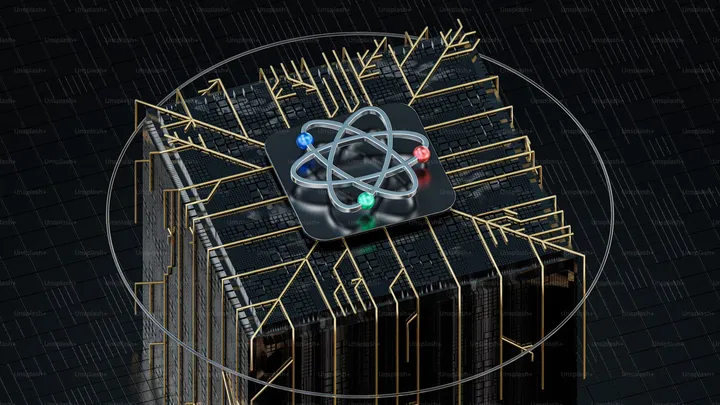Tesla’s Self-Driving Cars: A Game Changer or Risky Bet?
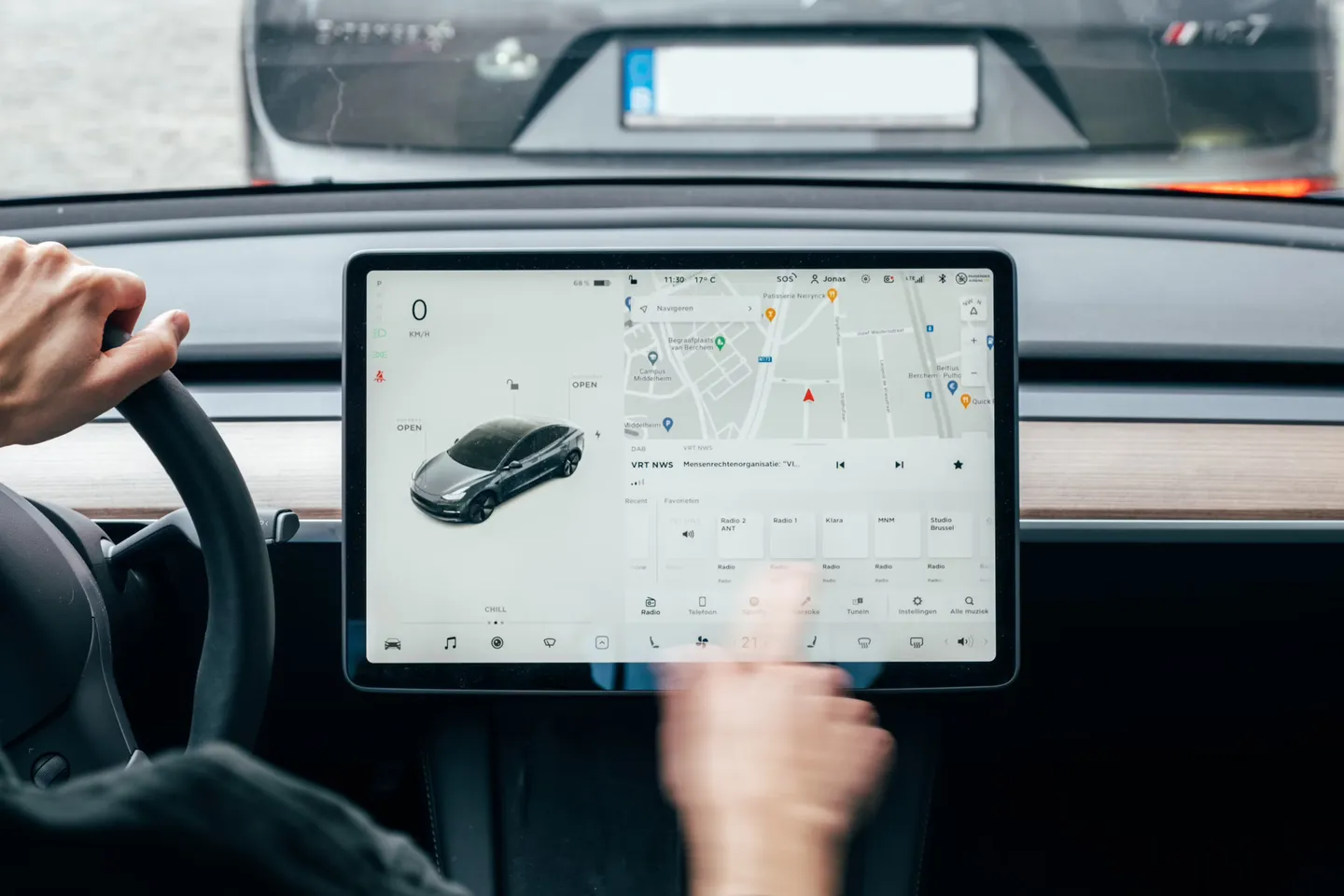
Tesla has long been at the forefront of innovation in the electric vehicle (EV) market, but the company’s push to develop fully autonomous self-driving cars has stirred up both excitement and skepticism.
With Elon Musk at the helm, Tesla’s self-driving initiative is seen by many as a game changer in the automotive industry, but others question whether it’s a risky bet that could have serious consequences.
The Vision Behind Tesla’s Self-Driving Cars
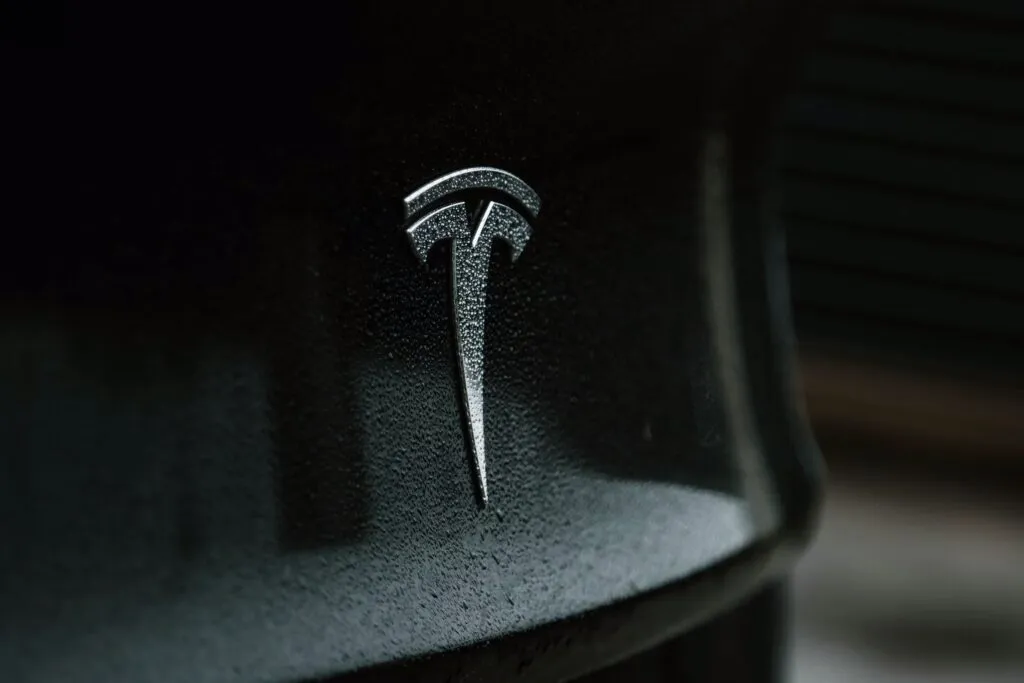
Tesla’s vision for self-driving cars is ambitious. The company aims to create vehicles that require minimal human intervention, with the ultimate goal of achieving full autonomy, classified as Level 5 autonomy by the Society of Automotive Engineers (SAE). This would mean that the vehicle can drive itself in any conditions without human oversight or interaction. Tesla has been gradually rolling out features to make this a reality, such as its Autopilot system, which provides semi-autonomous driving capabilities like adaptive cruise control, lane centering, and automated parking.
Musk believes that self-driving cars will be a revolutionary technology, capable of reducing traffic accidents, alleviating congestion, and even offering a new level of convenience for drivers. He envisions a future where self-driving Teslas become a ubiquitous mode of transport, dramatically transforming how people commute, work, and travel.
Game Changer Potential
The potential of Tesla’s self-driving cars to change the game is undeniable. In theory, the widespread adoption of autonomous vehicles could reduce traffic accidents caused by human error, which accounts for a staggering 90% of all accidents. Autonomous systems can process vast amounts of data from sensors and cameras faster than a human, and they don’t suffer from distractions or fatigue. Additionally, Tesla’s vehicles have the ability to learn from millions of miles driven by real-world users, improving their systems over time and helping the technology advance quicker than traditional methods.
Self-driving cars could also revolutionize mobility for people who are unable to drive, including the elderly, disabled, and those without a driver’s license. Moreover, autonomous vehicles have the potential to reduce the number of vehicles on the road, leading to less congestion, lower emissions, and a more efficient transportation system.
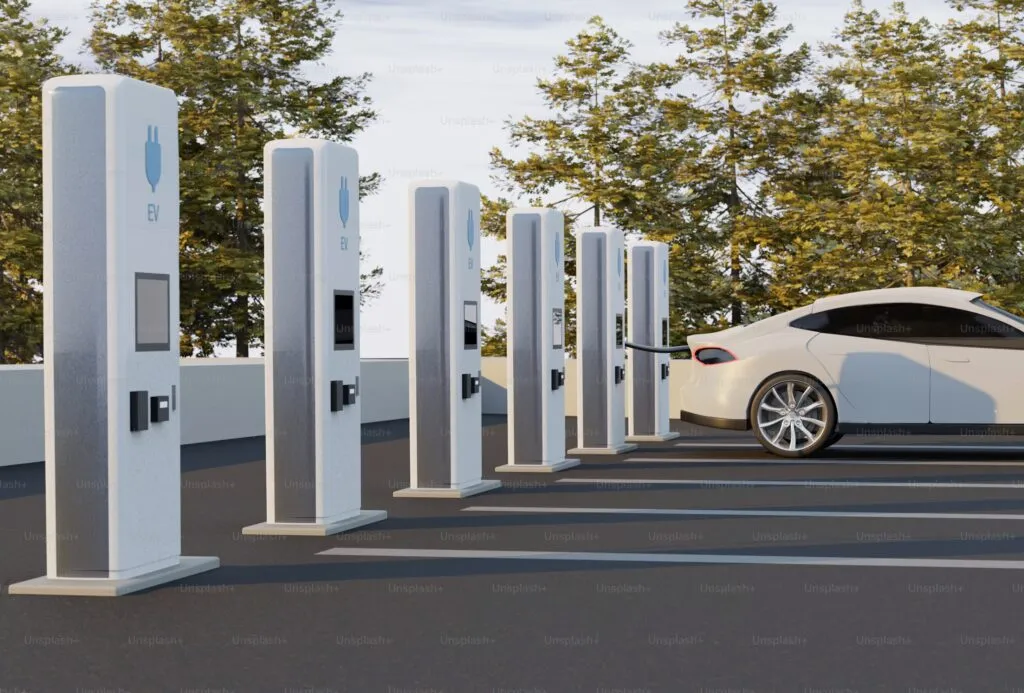
Risky Bet and Challenges
However, the path to fully autonomous vehicles is fraught with challenges and risks. Tesla’s self-driving technology is still in the beta phase, and the company has faced criticism for rolling out semi-autonomous features that still require human supervision. There have been several high-profile accidents involving Tesla vehicles operating under Autopilot, leading to questions about the safety of the system and whether the technology is ready for widespread use.
Critics argue that Tesla’s approach, which relies on cameras and software for decision-making, is less robust than other systems that utilize a combination of lidar (light detection and ranging) and radar sensors, providing a more comprehensive understanding of the environment. Many experts believe that Tesla’s reliance on cameras alone is a risky bet that could lead to unintended consequences.
Additionally, the legal and regulatory landscape for self-driving cars is still uncertain. Governments around the world are grappling with how to regulate autonomous vehicles, and it’s unclear whether the infrastructure and policies needed to support the widespread adoption of self-driving cars will be in place anytime soon.
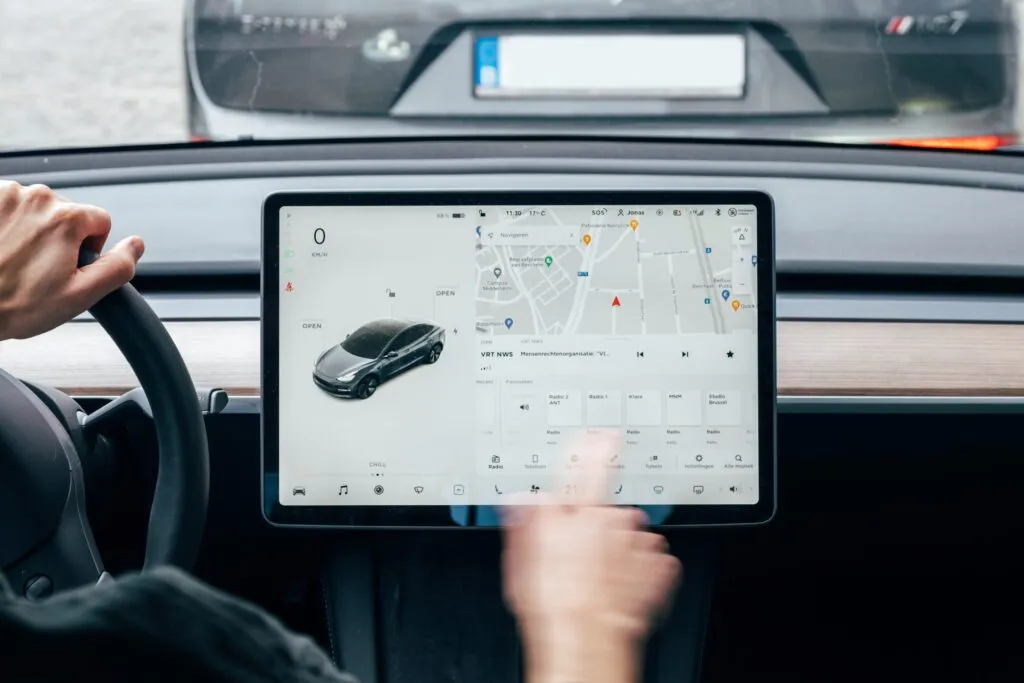
Conclusion
Tesla’s self-driving cars represent both an exciting innovation and a potentially risky bet. On the one hand, they could revolutionize the way we think about transportation, making travel safer, more efficient, and more accessible. On the other hand, the technology is still in its infancy, and there are significant hurdles to overcome before it can be considered safe and reliable. Whether Tesla’s vision will ultimately succeed or falter depends on how the company navigates the challenges ahead and whether the technology can prove itself in real-world conditions. The road to full autonomy is long and uncertain, but there’s no doubt that Tesla’s efforts will continue to shape the future of transportation.
